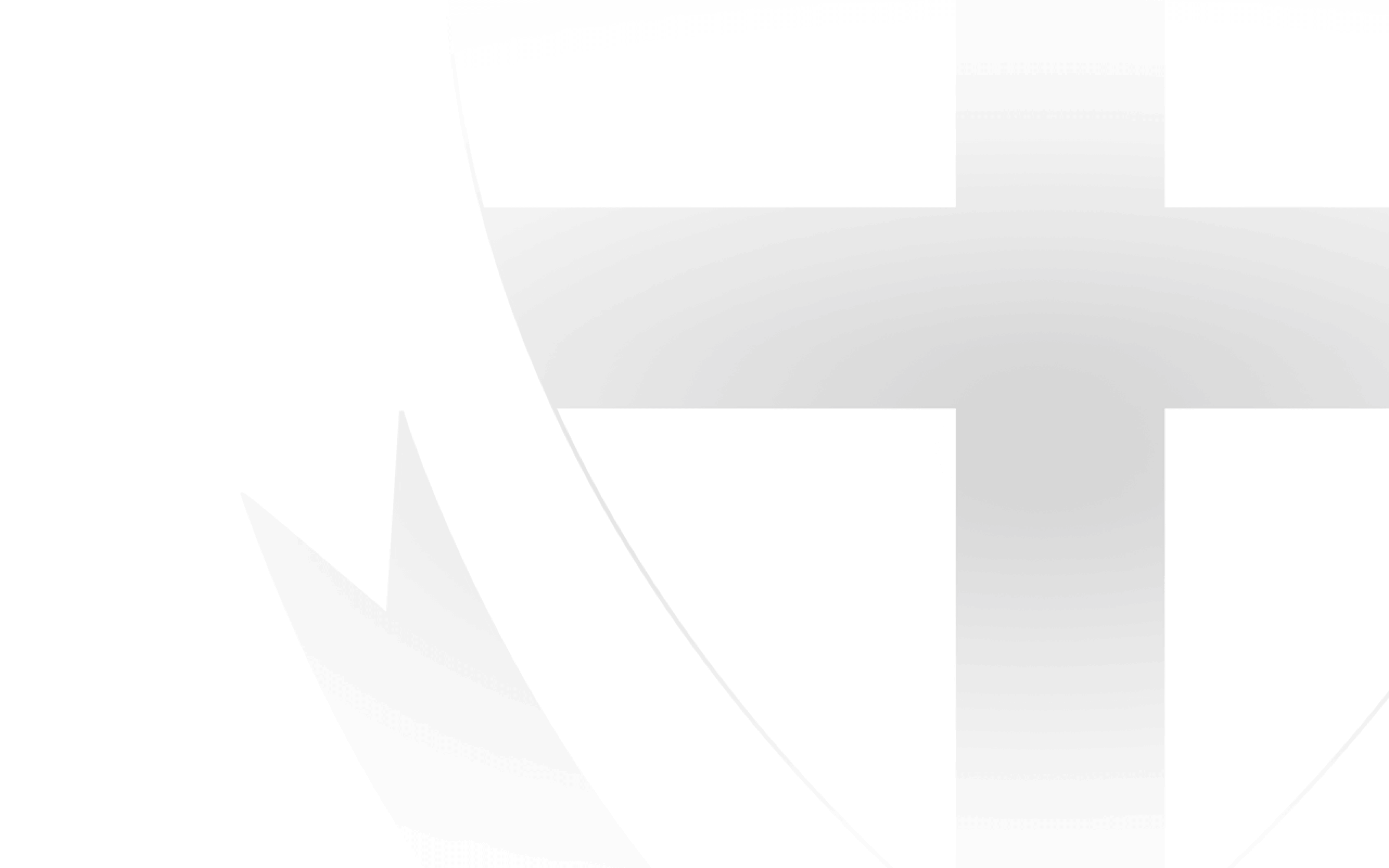When Bradley Hill first walked into Hawthorn as a tattoo-free 18-year-old at the end of 2011, he was an empty canvas.
Fast-forward a decade, and that once clean-skinned young man has ink sprawled all over his body; each tattoo adding to the tapestry to paint a picture of his life's journey.
While all of Hill's tattoos bear their own respective significance and importance, the Indigenous artwork that adorns his body stands out as being among the most meaningful.
Footprints
Winding along Hill's left forearm is a representation of his journey and how he has been shaped into the man he is today.
Designed with the help of of former Hawthorn teammate Jermaine Miller-Lewis, the tattooed path features several footprints to signify movement forward, with each step accompanied by the initials of those who have helped him along the way.
Some of the tattooed abbreviations highlight the importance of lifelong friends from Perth, others his Premiership teammates from Hawthorn, while several denote the inseparable bond of family.
Among those are the initials of Jarryd Roughead, Shaun Burgoyne, Cyril Rioli, Jermaine-Miller Lewis, his cousin James Ryder (brother of Paddy Ryder) and brother Stephen Hill.
While there isn't much room left on his heavily inked arms, there still remains some space for the path to continue on.
Under the skin
The first Indigenous tattoo that Hill received, and one which is proudly inked onto many other players across the country.
A depiction of the Aboriginal flag covers most of his right bicep, almost appearing to rip through the skin as the torn flesh reveals the colours that lie beneath.
It's a proud showing of his heritage, but one which carries unwavering meaning:
The colours of the Aboriginal flag additionally hold their own purpose. The black represents the Indigenous people of the land, the yellow illustrates the sun - the giver of life and protector - while the red denotes the colour of the earth, the red ochre used in Indigenous ceremony as well as the connection to the land.
A proud Noongar man
The name of Hill's mob, Noongar, is inscribed on his left inner arm to finalise the last of his Indigenous ink.
Noongar Country covers majority of the south-west portion of Western Australia, with its people having lived in the area for over 45,000 years.
Above the Noongar text is an artwork of Indigenous boy with ochre across his nose and cheeks, while an Indigenous translation of a lizard, or karda/caarda, stretches across the outer side of his forearm.


